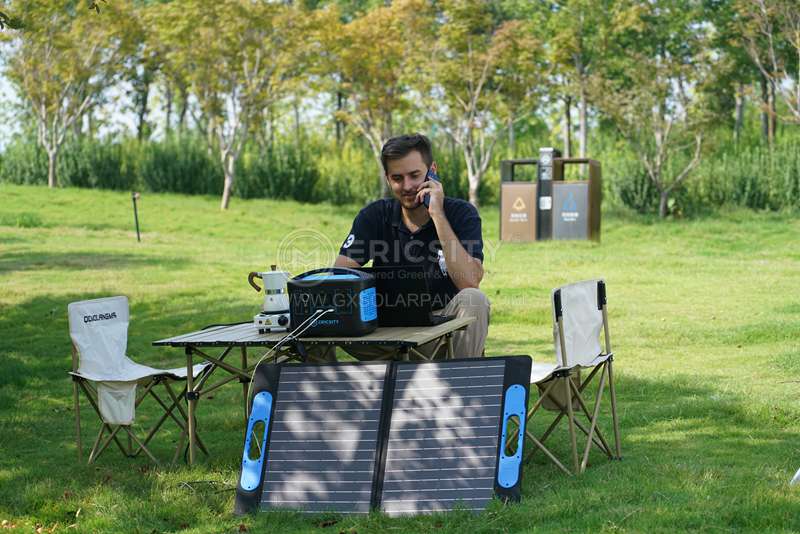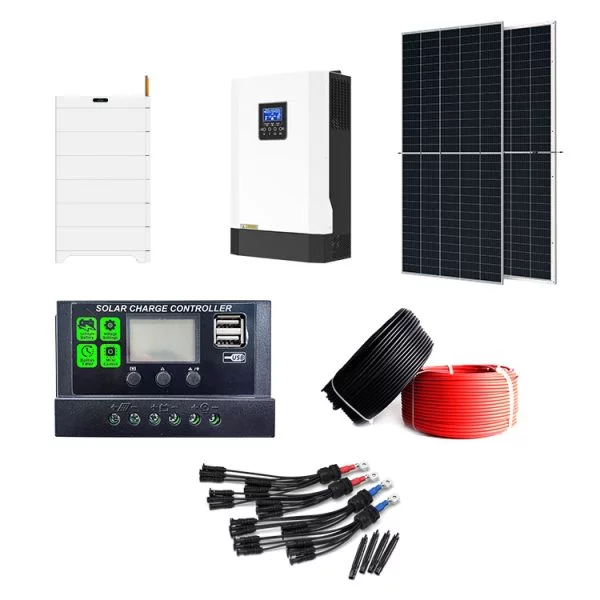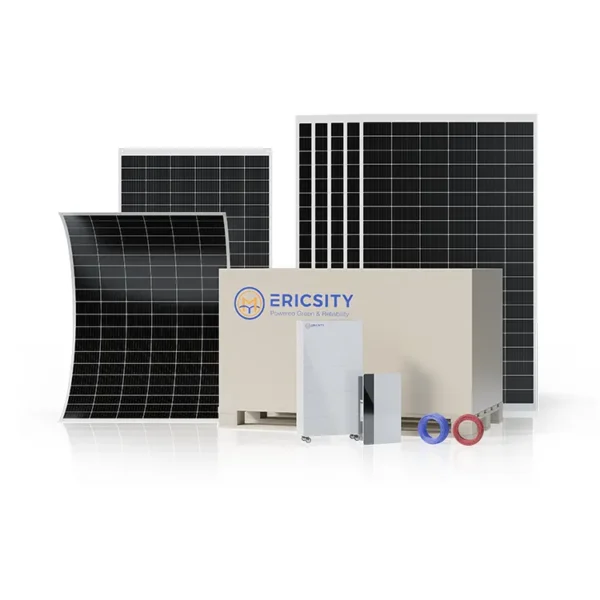HOT PRODUCT
Product Details
the Pros And Cons Of Semi-flexible Solar Panels
Title: The Pros and Cons of Semi-flexible Solar Panels
Introduction:
In recent years, semi-flexible solar panels have gained popularity as a more versatile and aesthetically pleasing alternative to traditional solar panels. These panels, also known as flexible solar panels, are designed to be lightweight, durable, and adaptable to various applications. In this article, we will explore the pros and cons of semi-flexible solar panels.
Pros of Semi-flexible Solar Panels:

1. Versatility and Design Flexibility:
One of the key advantages of semi-flexible solar panels is their ability to conform to curved surfaces. Unlike rigid panels, they can be easily installed on irregular or non-flat surfaces, including boats, RVs, and vehicles. Moreover, their sleek design is unobtrusive and visually appealing, making them an ideal choice for architectural integration.
2. Lightweight and Portable:
Due to their thin and lightweight construction, semi-flexible solar panels are highly portable, making them suitable for backpacking, camping, or any outdoor activity. Their flexible nature allows users to roll or fold them up, making transportation and storage hassle-free.
3. Durability:
Semi-flexible solar panels are built to withstand harsh weather conditions such as strong winds and heavy snowfall. Their robust construction, typically made of high-quality polymer materials like ETFE (Ethylene Tetrafluoroethylene), provides excellent resistance to impact, reducing the risk of damage.

4. Easy Installation:
Unlike traditional solar panels, which require mounting brackets and complex installation processes, semi-flexible panels can be mounted with simple adhesives or screws directly onto various surfaces. This ease of installation reduces time, effort, and additional expenses related to mounting structures.

5. Cost-Effective:
Though semi-flexible solar panels may initially have a higher upfront cost compared to traditional panels, the overall cost can be significantly lower due to reduced installation expenses. They eliminate the need for heavy support structures, making them a cost-effective option for specific applications.
Cons of Semi-flexible Solar Panels:
1. Lower Efficiency:
Compared to rigid solar panels, semi-flexible panels generally have lower power output and efficiency levels. The flexibility of these panels limits the number of solar cells that can be integrated, resulting in a lower overall power capacity. However, advancements in technology have led to the development of more efficient and power-dense semi-flexible panels.
2. Vulnerability to Damage:
While semi-flexible solar panels are designed to be durable, they are more susceptible to physical damage like puncturing or cutting due to their thin construction. Care must be taken during installation to avoid potential damage caused by sharp objects or excessive bending.
3. Limited Lifespan:
The lifespan of semi-flexible solar panels is generally shorter compared to traditional panels. Continuous flexing, exposure to extreme temperatures, and UV radiation can degrade the panel’s efficiency and durability over time. Regular maintenance and monitoring are necessary to ensure optimal performance and extend the panel’s lifespan.
4. Temperature Sensitivity:
Semi-flexible solar panels are more sensitive to temperature variations. With increased temperature, their power output decreases, affecting overall energy generation. Proper ventilation and installation techniques can help mitigate this issue.
Conclusion:
Semi-flexible solar panels offer versatility, ease of installation, and portability in various applications. While they have some distinct advantages such as design flexibility and durability, they also come with drawbacks such as lower efficiency and vulnerability to damage. The choice of using semi-flexible solar panels should be based on the specific requirements and limitations of the intended application.




